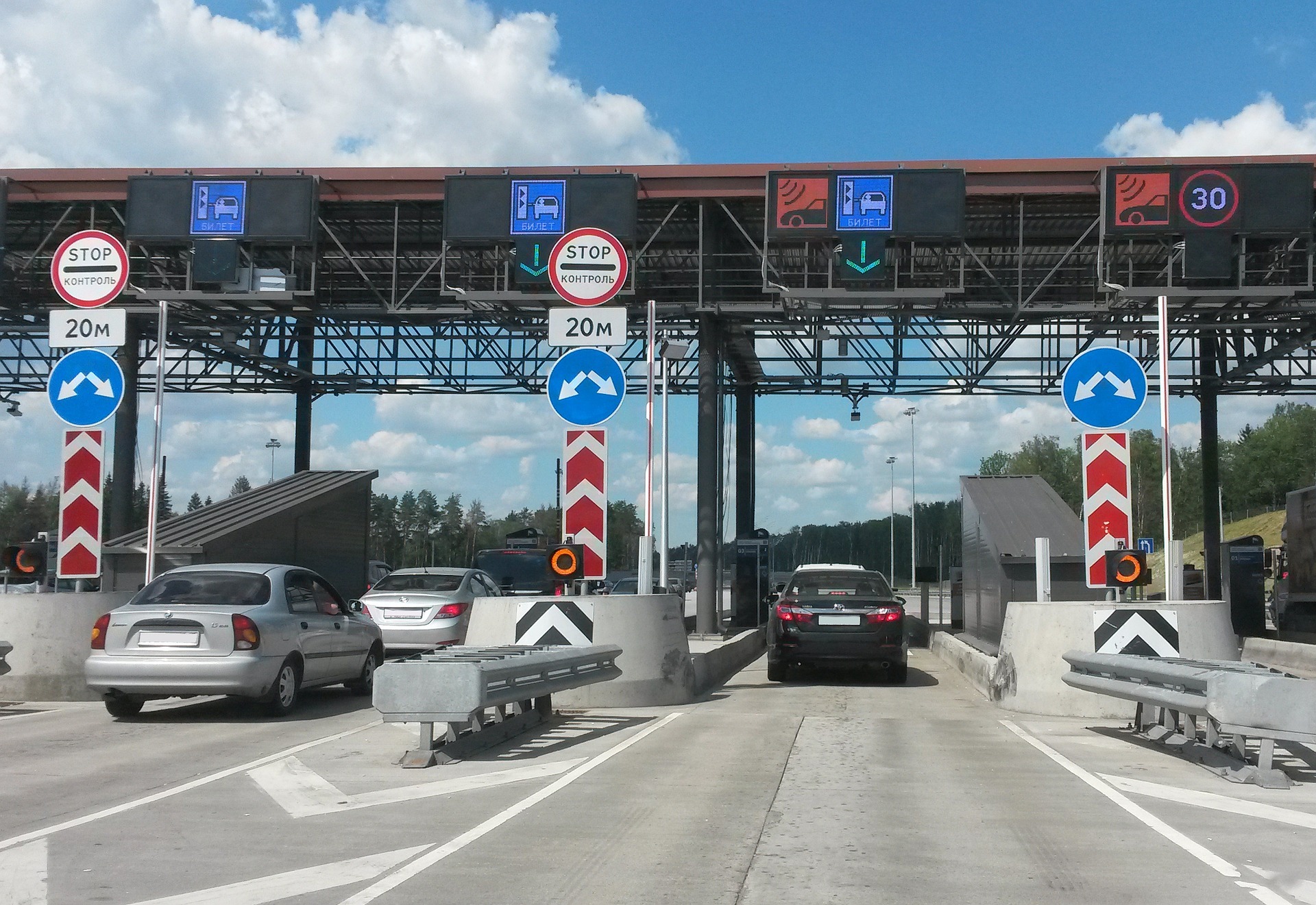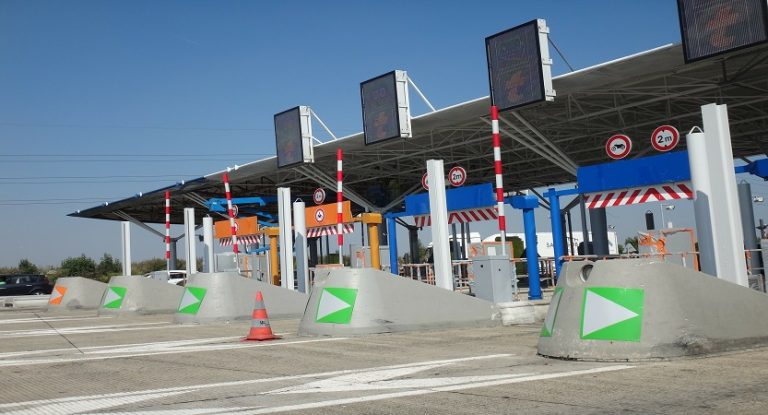Hello once again technology enthusiasts, this time with another super interesting topic. We will be referring to Wireless Electronic Toll Collection Systems (ETC), also known as Electronic Toll Collection or Free Flow.
This type of technology is not yet applied worldwide, although it has been around for a long time. But in almost all countries (not to be absolute) tolls are charged on some roads.
Let us begin by making it clear that a toll is the payment made to access or have the right to travel on a certain road or route. The advantage is to shorten travel times and therefore operating costs, with respect to other alternative roads without tolls. It should be noted that this type of payment is applicable to several types of transportation, not only cars, such as ships and even airplanes, although they use other methods and we will not discuss them today. Without further ado, join us.
Electronic Toll Collection System (ETC)
We have already talked about the main advantage, well, the main disadvantage of tolls is the great congestion that can be caused by the fact of having to stop the vehicle in order to make the required payment for transit.

This disadvantage caused this process to evolve. Tolls emerged with the facility to be paid electronically. It was in Norway in 1986 that the first successful case of automated payment was achieved. The first procedures used required a mandatory minimum stop, but it was always more efficient than manual payments. Over time this technology progressed to more developed systems where it was only necessary to slow down slightly, until the most up to date systems where the speed can be maintained at 100%. What a joy, isn’t it?
Operation of the Electronic Toll Collection System
As you should know, wireless technologies are among the most widely used in the world today, and these toll systems are no strangers to this progress, especially in countries with high traffic flow, as the demand itself demands it.
Wireless electronic toll systems require several specific equipments for their operation:
- Firstly, a metallic structure, which passes over the road from side to side, where the electronic reading devices are located.
- It is also necessary for each vehicle to have an electronic device or On Board Unit (OBU) on its front window, by means of which the payment will be executed, often referred to as: transponder, TAG or televia.
The process occurs when a vehicle passes under one of these structures, a Dedicated Short Range Communication (DSRC) is generated, which is nothing more than a communication that operates in the spectrum of radio frequency (RF) being effective in short and medium distances, but above all very safe.
Here the user is identified and the transaction is made with the amount to be paid in that toll. The electronic toll collection system must be accompanied by video-surveillance systems, which will register the license plates of vehicles that do not have a TAG, and through advanced image recognition systems, violators are identified and automatically fined.
Purpose of the money collected in ETC

And what are tolls collected for? Normally, the money collected from tolls, of all kinds, is used by the public or private operators in charge. Depending on the case, to finance the construction and maintenance of other associated infrastructures, such as: roads, tunnels, bridges, etc. Although it should be noted that this is the theory and the practice is left to the personal opinion of the reader in the country where he/she lives.😉
Concluding with Electronic Toll Collection

So much for today’s article. Always remember that technologies are advancing day by day at a dizzying speed, we cannot be left behind. Search, read, educate yourself, that future of science fiction movies is getting closer.
Now, if you want to keep learning from content like this, follow us on our Social Networks that we leave below. If you liked the article leave us your LIKE and tell us what experience you have had with this payment system in your country. We are very interested in reading your comments.




